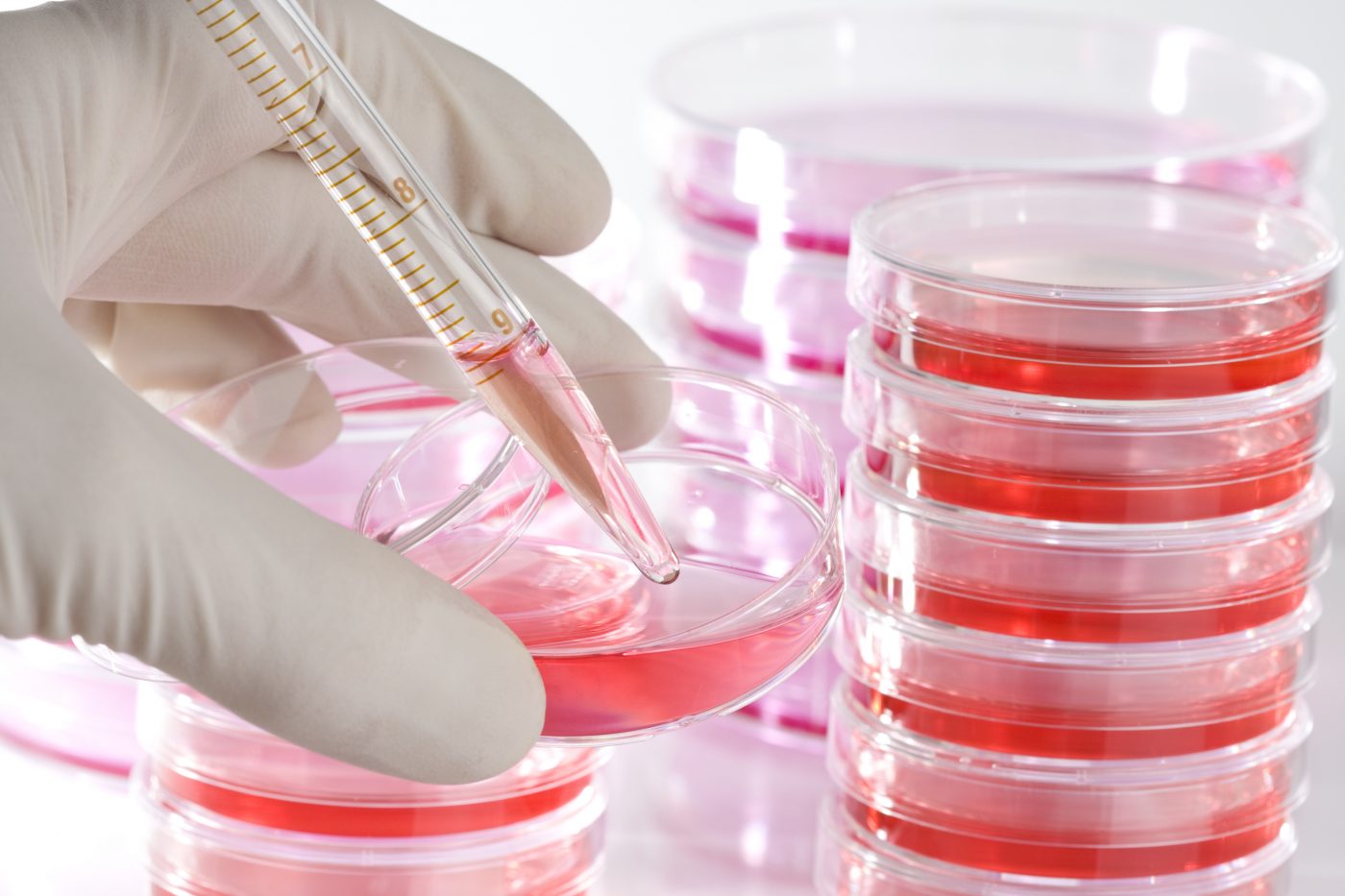Findings from a recent study published in the International Journal of Clinical and Experimental Medicine show that ureteral endometriosis is a rare and frequently a silent disease, which can ultimately lead to renal failure. The team of researchers from the Department of Urology, The First Affiliated Hospital, Medical College of Zhejiang University in China also found that the diagnosis ureteral endometriosis is undefinable and often relies on clinical suspicion to be diagnosed.
Endometriosis is characterized by the presence of endometrial tissue outside the endometrial cavity and uterine musculature, and affects 10% to 20% of women. Although endometrial tissue is essentially located in the pelvis, it can also be located in urinary tract, nonetheless, extra-pelvic endometrial tissues have been found in nodes and the gastrointestinal tract.
While endometriosis is a common disease, urinary tract endometriosis is a rare entity, with a reported prevalence of less than 0.1% to 0.4% of endometriosis cases. However, there is usually involvement of kidney, ureter and the bladder. The most severe form of the disease can cause pain and ultimately infertility, because of the extensive adhesions and distortion of anatomy.
The symptoms of Ureteral Endometriosis are usually non-specific so the condition can lead to urinary tract obstruction and renal function loss.
In order to expand the understanding of the condition and to remind clinicians to be highly suspicious of it in women of reproductive age with hydronephrosis without evidence of malignancy and stones, in the study titled “Hydronephrosis due to ureteral endometriosis in women of reproductive age,” Hao Pan and colleagues conducted a retrospective examination using a database of 82 patients who underwent surgery for hydronephrosis due to ureteral endometriosis from 2007 to 2014. The researchers divided the patients into three groups: in Group A (n = 12), patients were aged between 20-30 years; in Group B (n = 29) patients were aged between 31-40 years and in Group C (n = 41) patients were aged between 41-50 years.
Results revealed that in comparison to patients in Group A and C, patients in Group C had a greater prevalence of pelvic pain. However, results revealed no differences regarding the prevalence of other non-specific genitourinary symptoms and the urinary symptoms.
In comparison to patients in Group B and C, patients in Group A had higher prevalence of infertility. Because of the lack of specific symptoms, ureteral endometriosis was diagnosed (20.1 ± 10.3) months on average after the patients suffered from mild hydronephrosis or mild loin pain.
Results from the assessments conducted before surgery revealed a different degree of hydronephrosis, but a lack of specificity, and the results from the pathological assessment confirmed ureteral endometriosis diagnosis.
Based on the findings, the researchers concluded that women in the reproductive age, especially with infertility and pelvic pain, who have hydronephrosis without evidence of stones, should be adequately assessed via imaging techniques or diagnostic laparoscopy or cystoscopy to highly suspect the diagnosis of ureteral endometriosis.
According to the researchers, the option of the management is dependent on the extent of the disease, the degree of hydronephrosis and the renal function compromise. Earlier diagnosis makes the treatment easier and the prognosis better.

